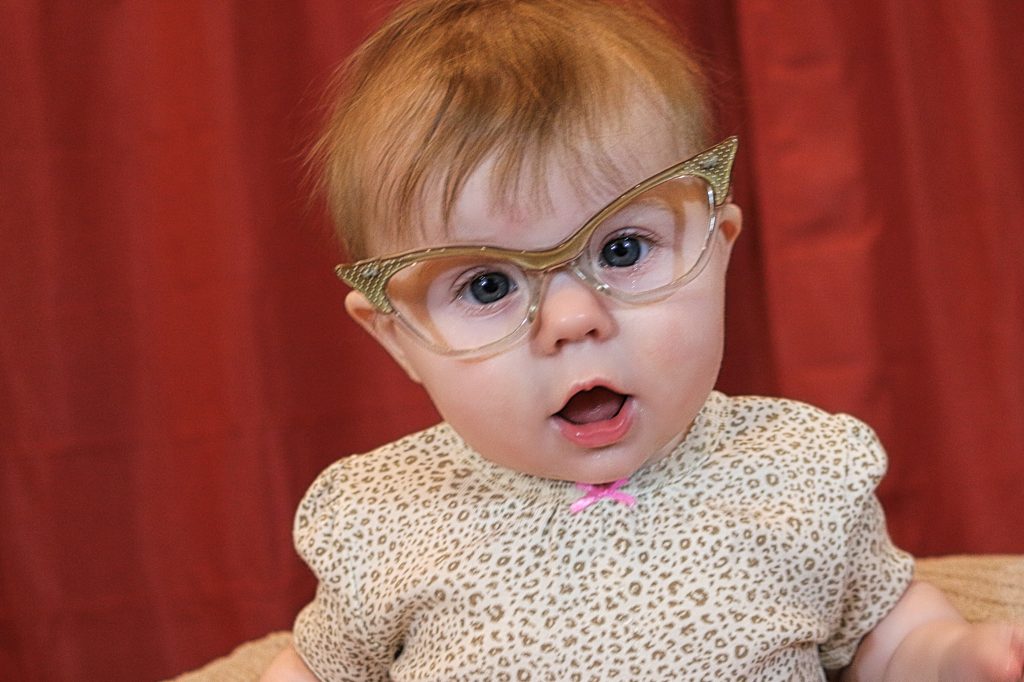Pediatric Vision
When should my child have their vision checked?
Following the guidelines of the American Optometric Association (AOA), children should have their first eye exam at 6 months of age. This exam can be conducted at no cost through the InfantSEE program. ( www.infantsee.org ) As long as no problems are detected for the first exam, then the child should be checked again at age 3 and again at age 5, or before they start kindergarten. Once the child is school age, exams are recommended every year.
It is important to catch any problems at a young age, so that they can be fixed early. Vision has a “critical window” of development that ranges approximately from ages 3 to 6. If the brain does not receive a perfect clear image from both eyes, then 20/20 vision will not develop in one or both eyes. This is how someone gets a “lazy eye”, or an eye that does not see well even with glasses or contacts. It is important to know that most vision problems (such as “lazy eye”) are preventable with early intervention!

Parents also need to realize that a vision screening their child receives at school or the pediatrician’s office is very different from an eye exam with an eye doctor. Many times, vision screenings won’t actually check the child’s prescription and will simply only tell you if the child can see a chart at a far distance. Vision screenings also will not check the health of the eye. Bottom line: Screenings are a valuable tool but they are NOT a replacement for comprehensive eye examinations by an optometrist.
Even at the young age of 6 months, many things can be checked during an eye exam including glasses prescription, ocular health, extraocular muscle alignment, eye teaming, eye tracking, and more.
Vision Source Mandan is also able to offer Myopia Management services. This is to slow down progression of nearsightedness in children. You can find more about Myopia Management by clicking here.